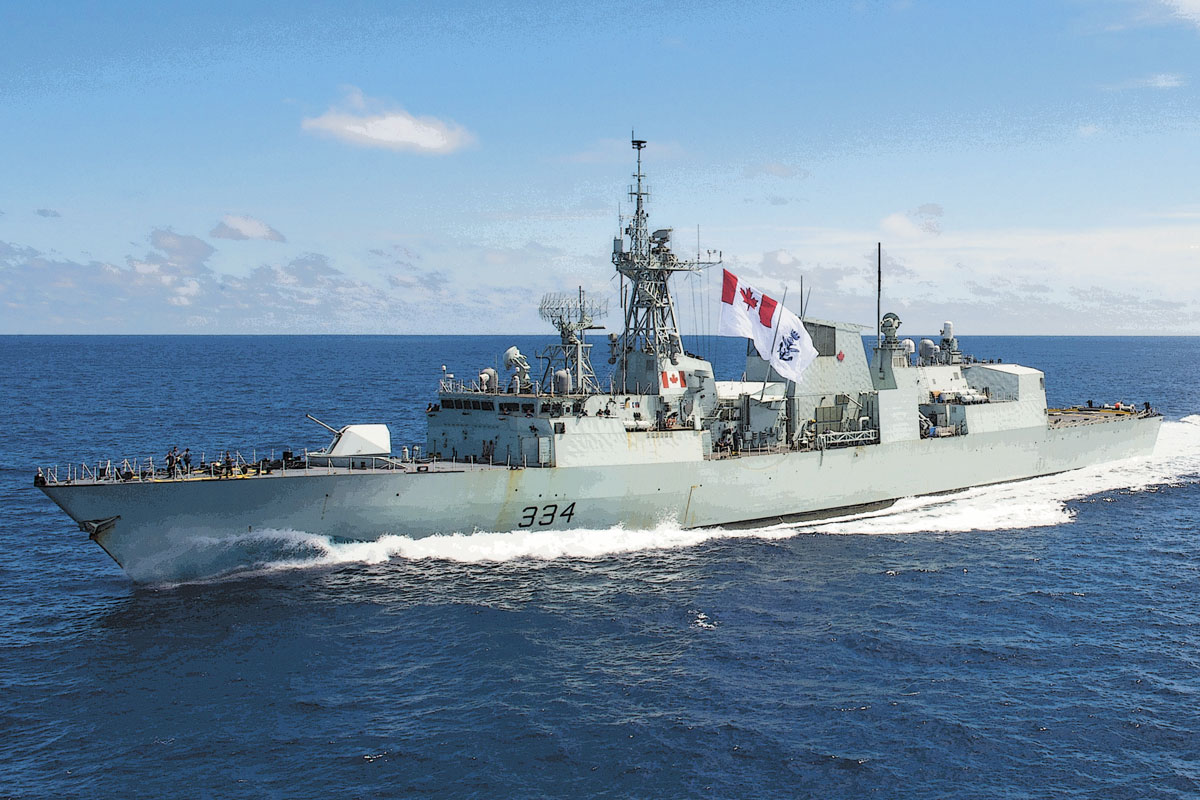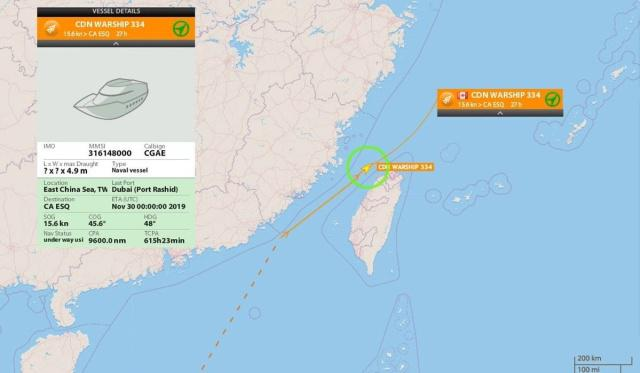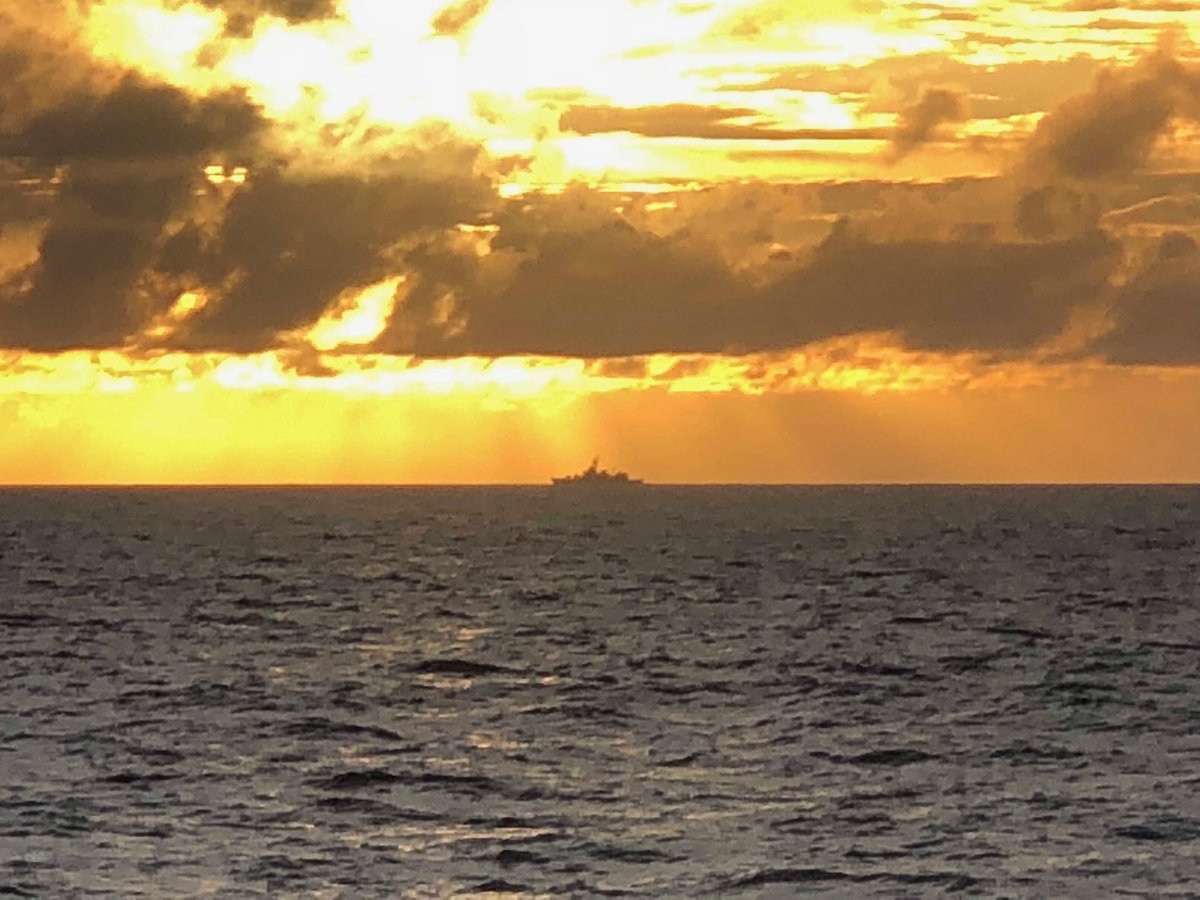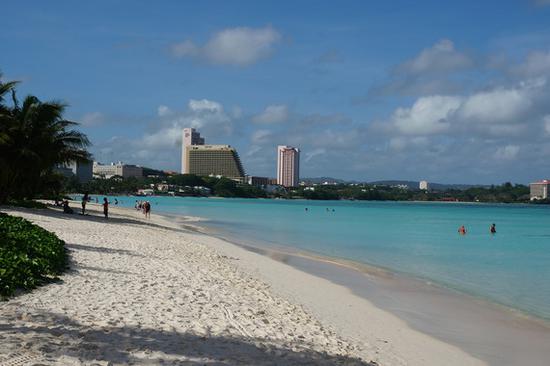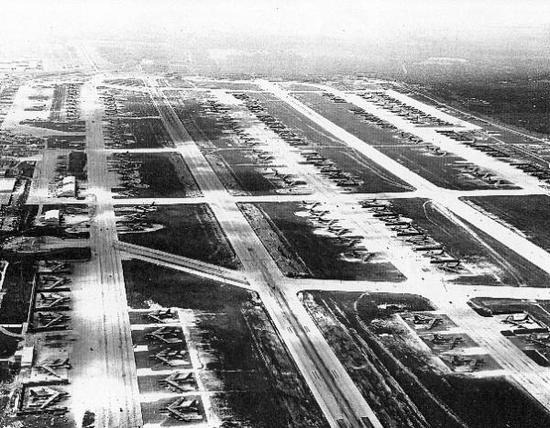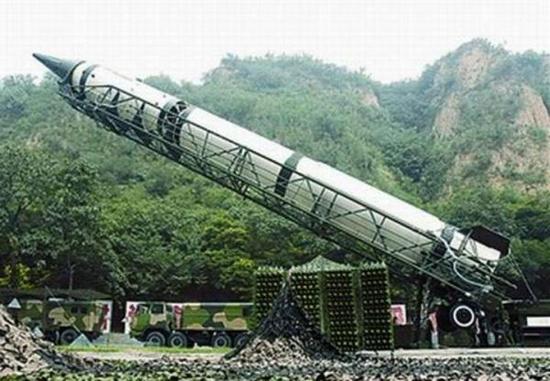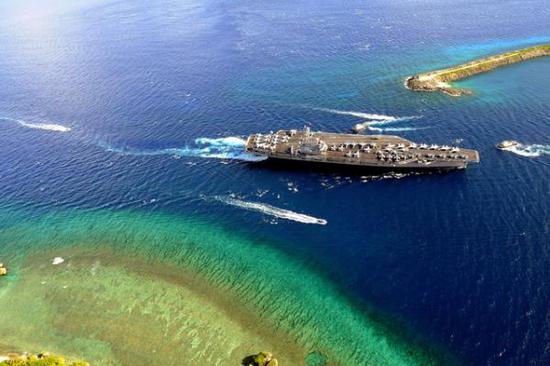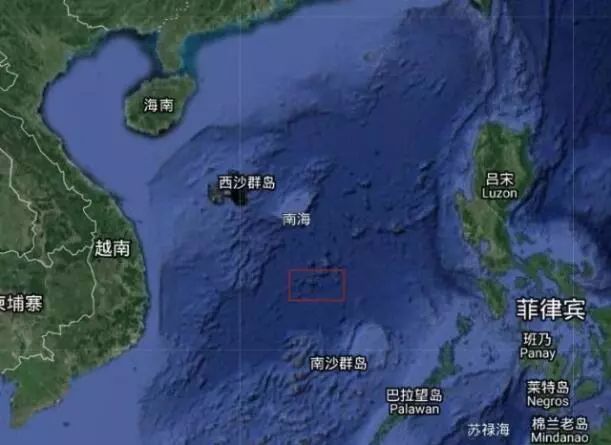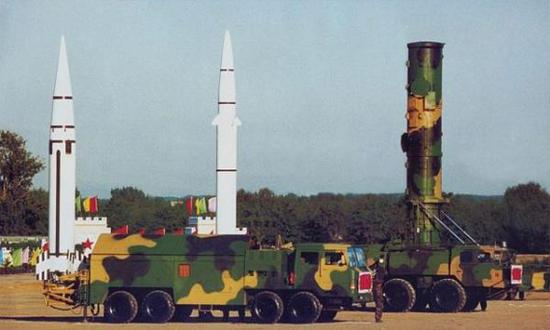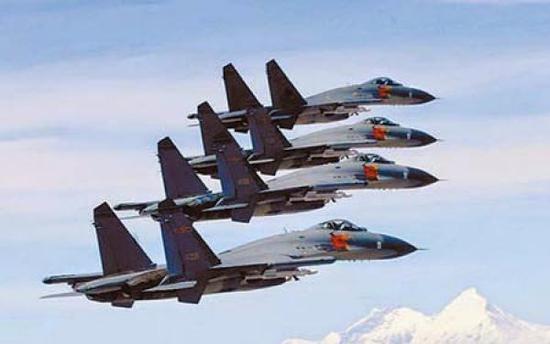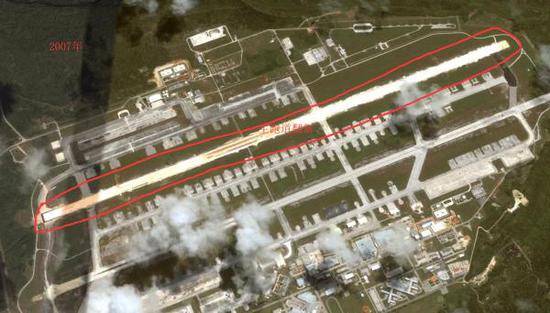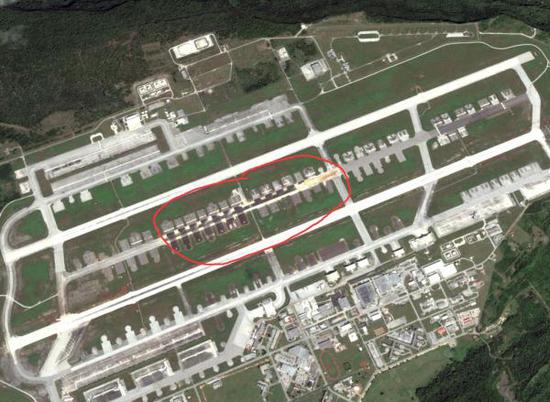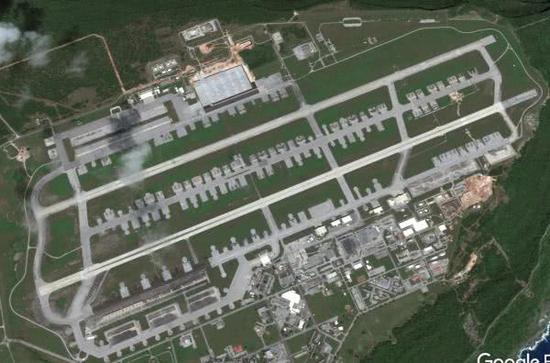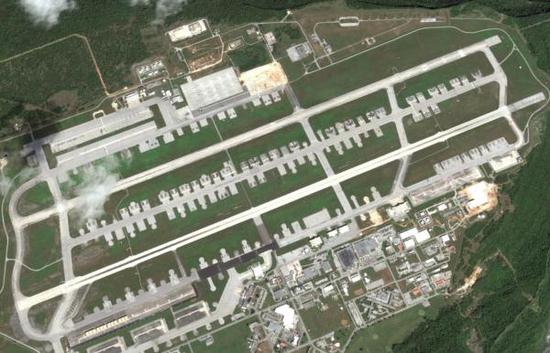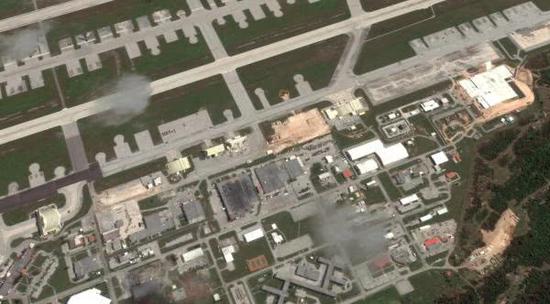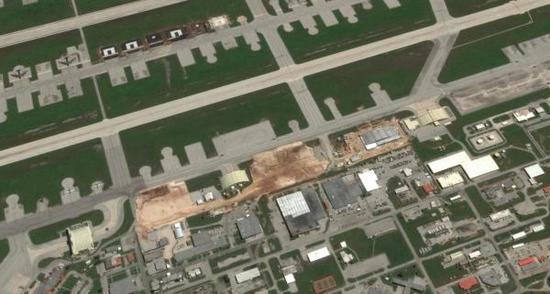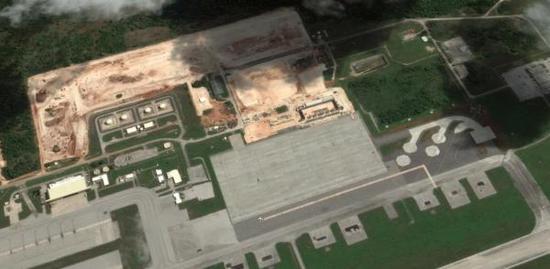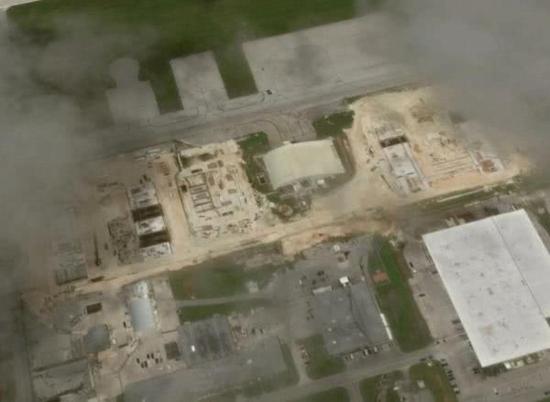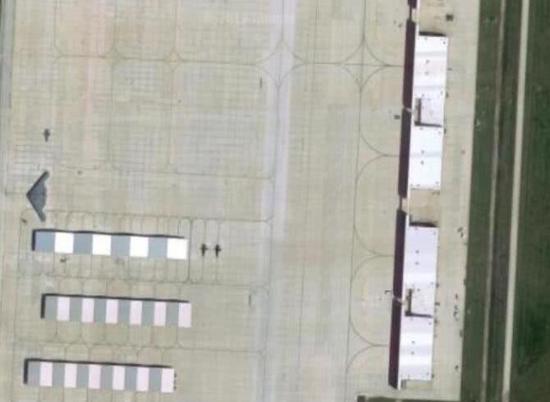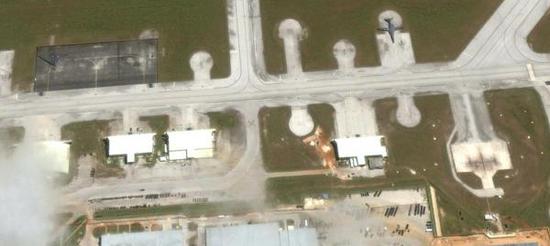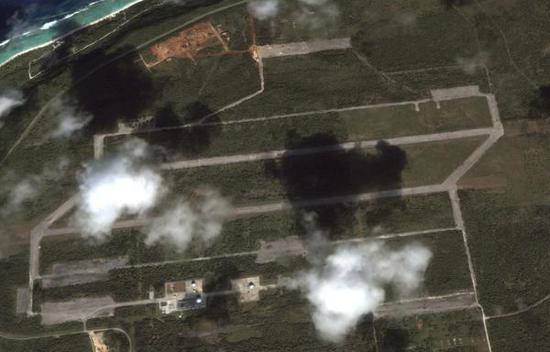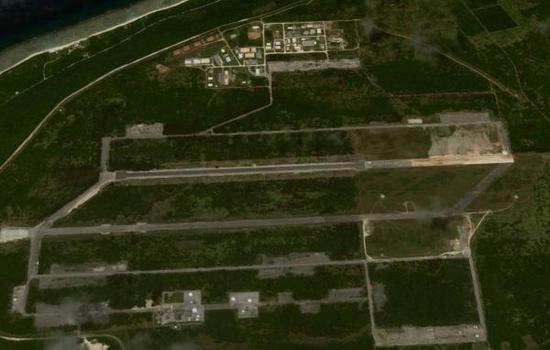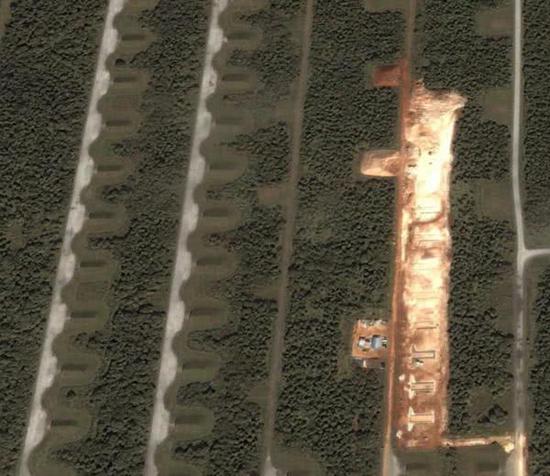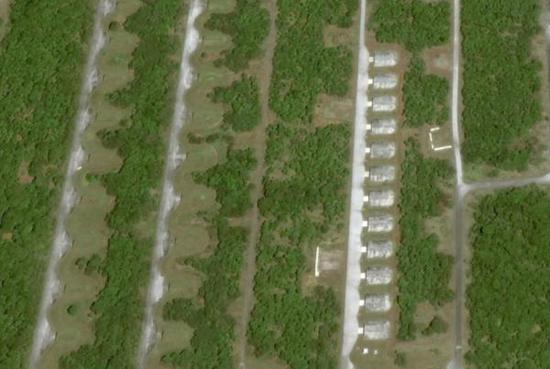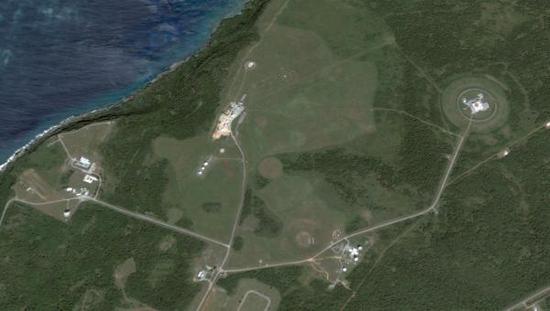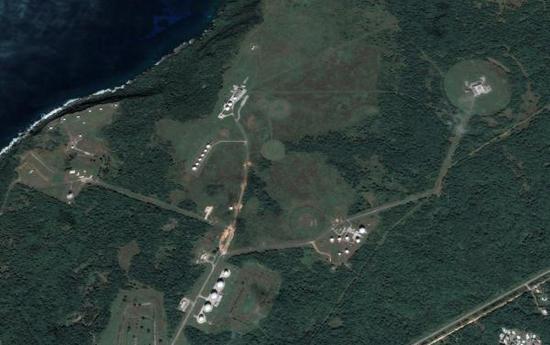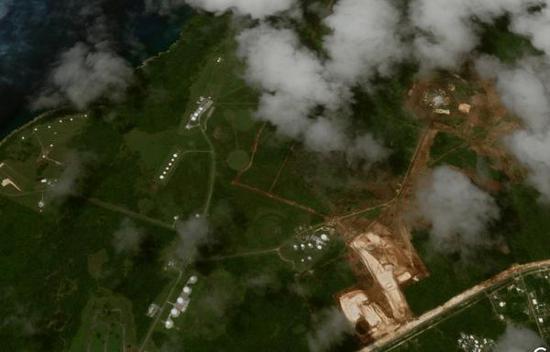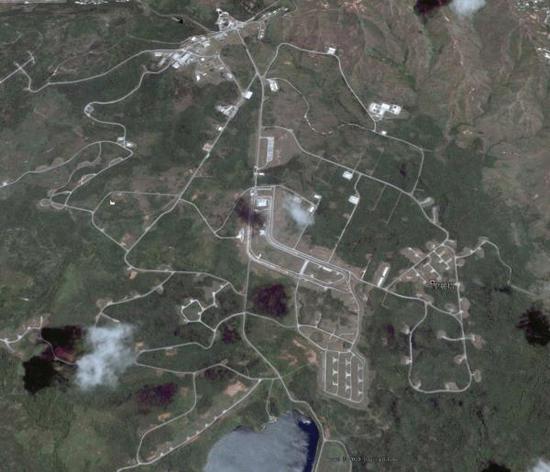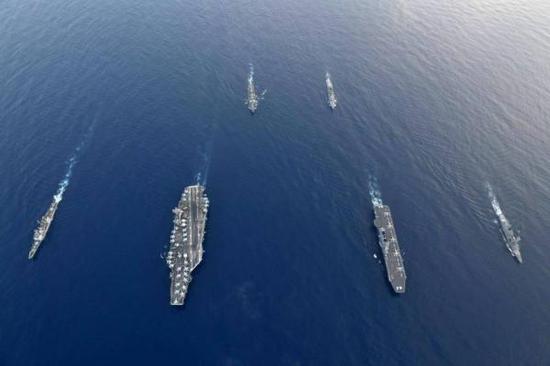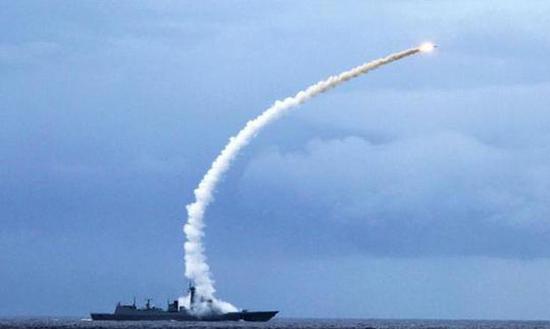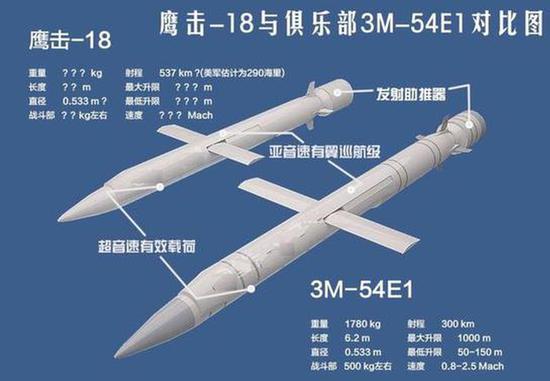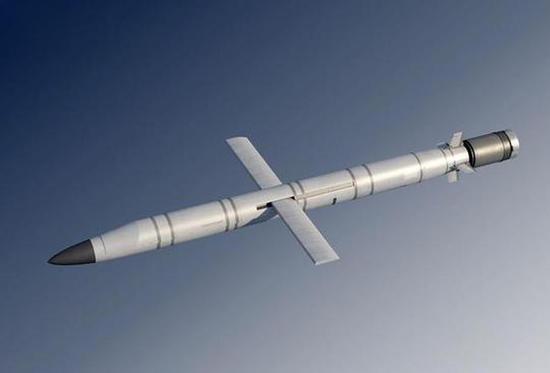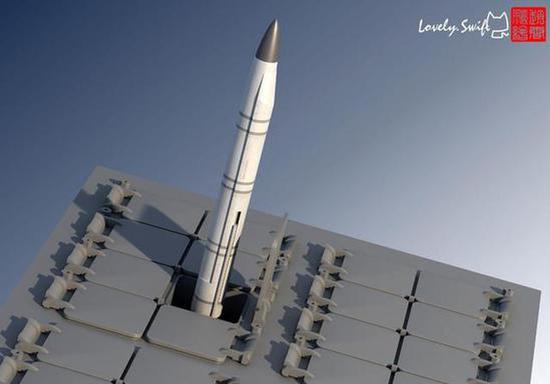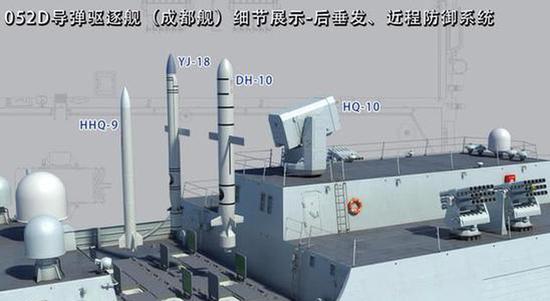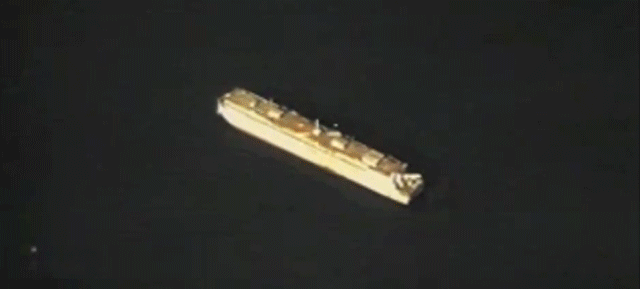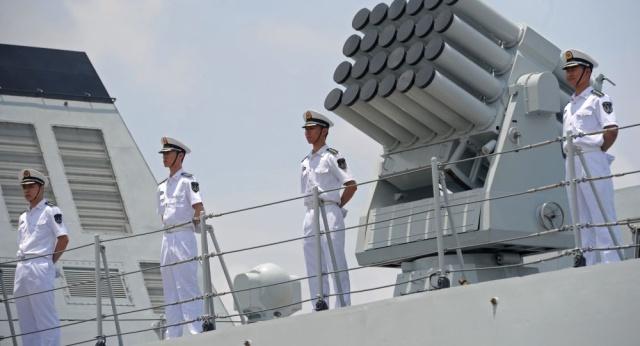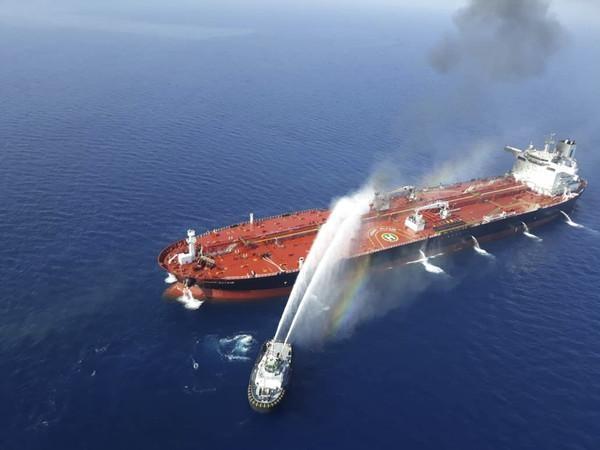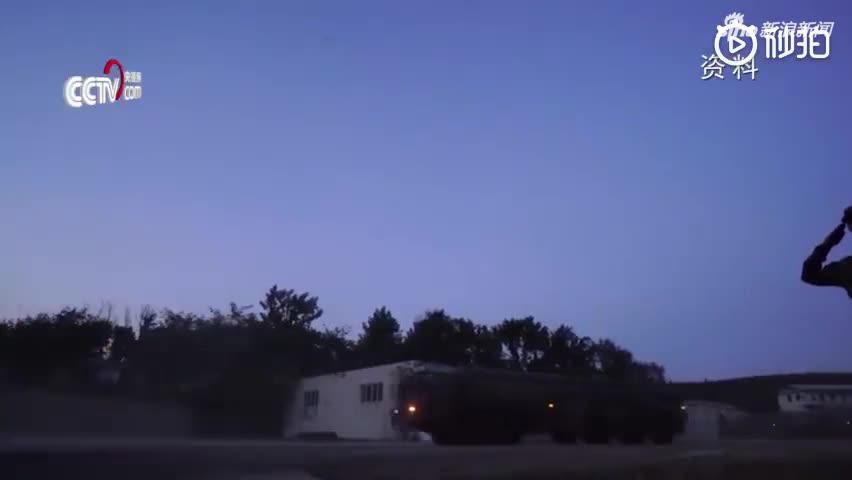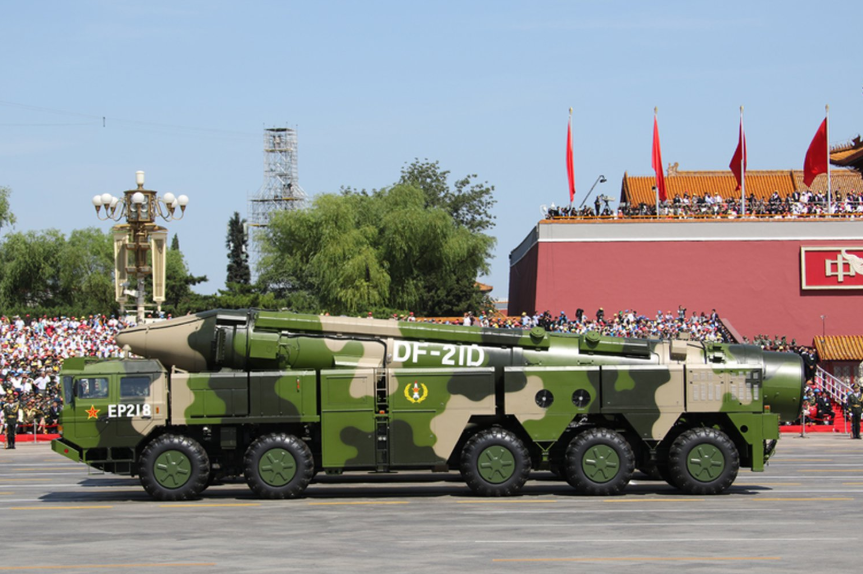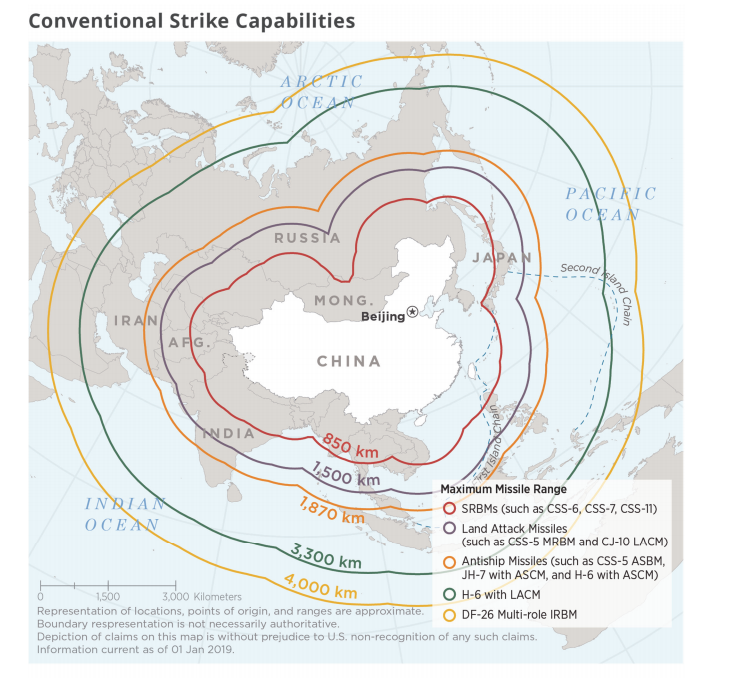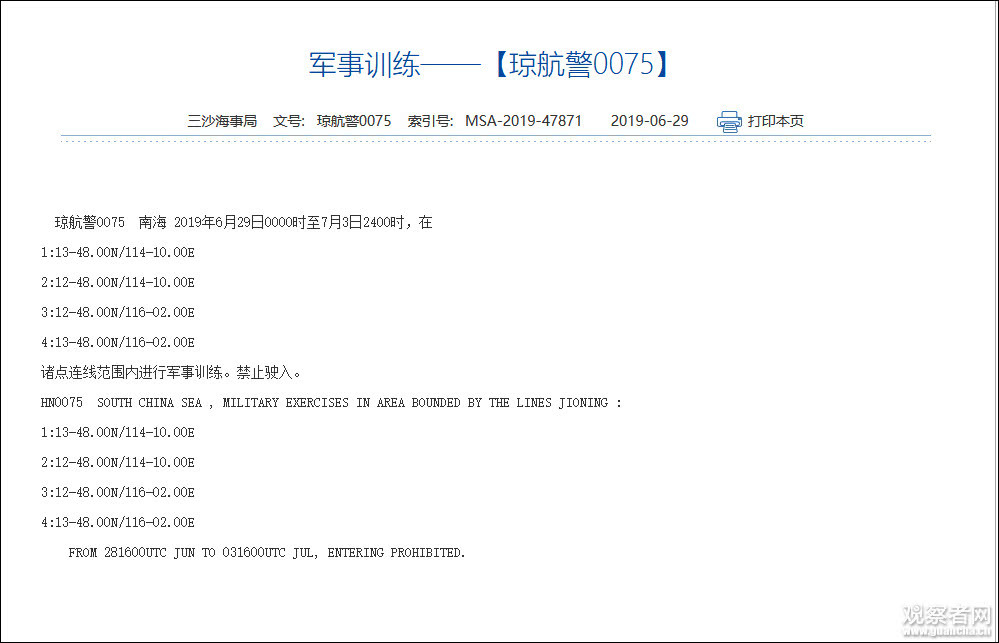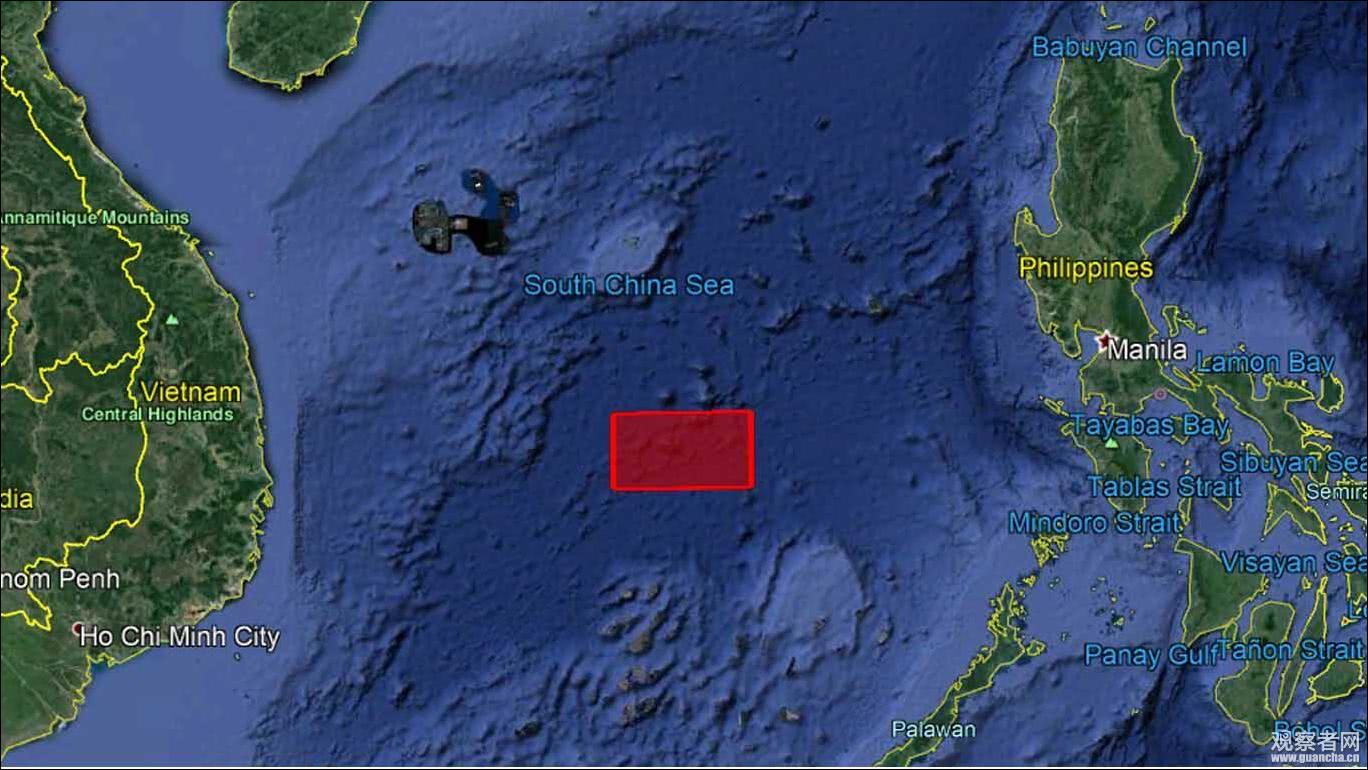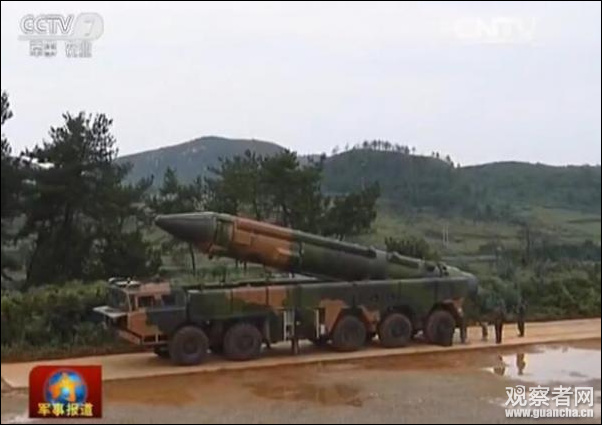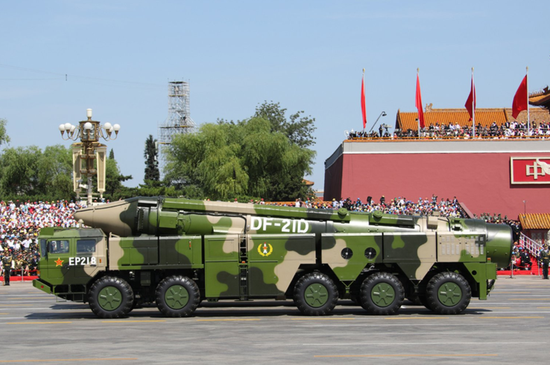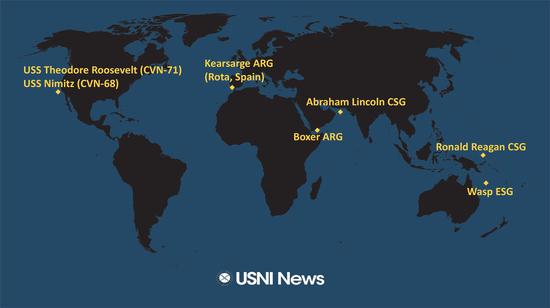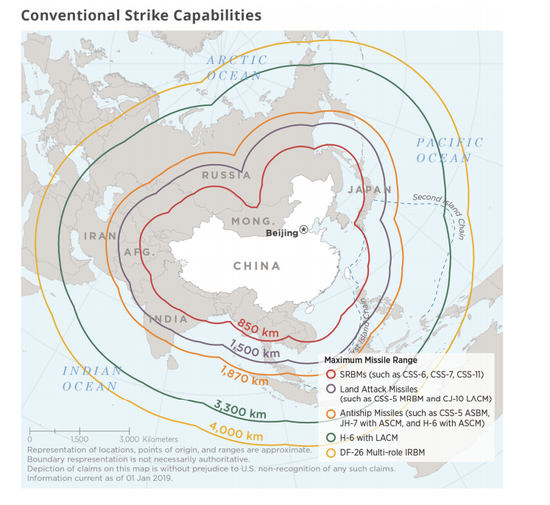China with clear spy satellite photos explained how USA got forced to modify their Guam & continental USAF bases, after PLA Rocket Army proved their strike capabilities. China must physically transform their strategic advantages into American death toll losses damages and bleeding pains, not just psychological. This is call MATERIALIZATION, or En-CASH! Americans won't appreciate kindness, only death toll and humiliation and blood they will register good memories and lessons.
https://mil.news.sina.com.cn/china/2019-06-30/doc-ihytcerm0334132.shtml
辽宁舰编队抵近关岛有何意义?可配合东风26将其摧毁
2019年06月30日 13:43 观察者网
174
2008年,美国兰德公司这年关于中国的军力报告中首次开始担忧亚太前沿的军事基地安全性。
因为一方面,到这个时候,中国空军已经不能再用“庞大而落后”来形容了,此时解放军现代化战斗机数量已经可以与美国在亚太部署的战斗机数量并驾齐驱,而且其增长显然不会减速,用不了几年,中国空军的现代化战斗机和战斗轰炸机数量将会超过美国及其盟友在亚太部署的战斗机总数。
而同时,中国作为“杀手锏”的新型作战能力——具备精确制导能力的中近程弹道导弹数量正在暴增。
东-15、东-11、东-21导弹大量服役后,第一岛链上的美国基地不再安全
具体而言,这一时期中国主要部署的弹道导弹是东风-15、东风-11、东风-21系列,这其中东-15B、东-11A、东-21C都已经具备直接命中机场加固机堡的能力,而其威力显然要比通常这类目标设计防御的250公斤航空炸弹强得多,同时它们也可以用于投掷集束弹头——也就是说,如果采取先发制人的行动,停留在嘉手纳基地和日本基地的美军飞机,除了能够及时起飞的一部分,停留在停机坪和机堡内的飞机将可能损失惨重。而残存的战斗机,即使是F-22,由于数量将很少,也将无法有效抵御数量上已经占据绝对优势的解放军机群,而解放军占据制空权后,可以进一步袭击机场使之无法恢复功能。
中国战术空军的长足进步让凭借几个战斗机联队挑战整个中国空军成了美好旧日的梦想
而对海上目标的攻击,一方面在2010年东-21D进行了打靶演示后,美军也不敢托大将高价值的航空母舰之类目标过分靠近中国海岸。
美军将他们想象中的这种作战方式称为“区域拒止\反介入”,其核心在于阻止美军强大的作战部队进入亚太区域部署。
那么作为应对,美军可以想到的第一个直接的措施就是加强关岛,将更多的关键资源后撤到相对安全的关岛——毕竟这个时期中国尚无直接对关岛进行精确弹道导弹攻击的能力。
至于具体建设了些什么,我们下面来看一组卫星照。
2006年开始,二号跑道翻新,使之达到能作为航天飞机备降场的水平,当然,另一方面来说,这也加强了战略轰炸机高强度起降的能力
2011年,完成停机坪区域的翻新改造,以提高轰炸机挂弹维护作业效率
2014年,注意机场北边扩建了一块,这是为海军和陆战队直升机准备的基地,同时注意中间停机坪最右侧开始扩建,增加停机坪数量
2014年底,进一步扩建北边直升机起降场,注意图中下方土黄色部分,表明核心的战略轰炸机厂棚正在进行扩建的准备
2015年,局部放大可见屏幕中间的大型机库正在拆除,最右侧是一片新的停机坪
2016年,新增的弧形屋顶结构的恒温机库已经成型,同时此前尚未翻新过的一片停机坪也进行了翻新
同一时间,北侧的直升机基地成型,这应该就是从日本撤出的海军陆战队部队营区,建设耗资87亿美元
截止目前,关岛的拱形屋顶新机库建设的工作还在继续,这是2018年的卫星照片
美国B-2战略轰炸机的“老家”,怀特曼空军基地的恒温机库
回顾一下, 2006年时,关岛的恒温机库和怀特曼基地形制基本相似,但已经建成了一个拱形屋顶的机库(最左侧),这对于B-2的部署来说似乎是没有影响的,此后美军将所有恒温机库改造成拱形屋顶的形制,应该是为了增强防护力的考虑
拱形机库的顶部是相当厚实的钢结构,虽然可能仍然顶不住弹道导弹穿透型弹头直击,但相比之前无防护力的恒温机库还是强多了
关岛基地新建的战斗机机棚,有具有一定防护力可防御集束弹头的水泥顶棚
除了安德森基地本场的变化,我们还可以看到,2006年时,西北机场的跑道基本处于荒废状态,只有中间下方一片卫星通信设施有些生气
2007年,开始在西北机场北边新建部分设施
目前,西北机场跑道已经进行了翻修,并大幅度延长,同时北侧的营区设施已经投入使用,由于最近进行了将夏威夷的F-22战斗机移防到关岛的相关演训,这个规模相对较小的机场的任务让人不由得产生些联想,当然如果是这样,那么它的后续施工规模应该还要进一步扩大
关岛基地的另一个核心设施,弹药储存区,这里可以储存数万吨的航空弹药,是美国亚太地区空军作战依托的大后方
2007年,开始修建12座新的弹药掩体
相比于冷战时代建造的用于储存炸弹的掩体,这12个掩体的形制更加复杂,似乎设置有空调等辅助设施,可能是用于改善比较“娇气”的精确制导弹药储存环境
安德森基地西面的电子监听设施,2006年时右侧的“象栏”早已使用多年,而图中中间土黄色的设施是新建的监听设施
2018年,可以看到图中新建了大量的新型电子监听设施
2018年9月,可见“象栏”已经拆除,有新的大规模土建的迹象
岛西边中部,有一处设有大量地下设施和防空导弹阵地的要塞区域,图为2005年时状态,当然这类设施的改造从地表是很难看出迹象的,2018年时它基本没啥大变化,当然我们知道驻防的防空系统得到了增强,2015年开始部署了THAAD系统
从上面这些卫星照片可以看出,美国投资上百亿对关岛基地进行的整建工作,最核心的内容就是改善安德森空军基地的相关设施,使之能够更好地扮演亚太地区美军“中转站”的角色。
有国内媒体说,只要“4枚东风-26”就能“瘫痪”安德森基地,因为它的轰炸机都是停在停机坪上的,用集束弹头一个覆盖就全完了。
这事儿吧……我只能说美国人也想到了,所以他们已经完成了安德森基地的加固工作,基本上让所有飞机至少头上有个水泥顶棚,免得被集束弹药轻易摧毁。
这就意味着,要想摧毁安德森空军基地,至少需要数十枚能够精确命中目标的中远程导弹——这也就是为什么美国媒体一说起东风-26就“关岛杀手”“关岛杀手”的——因为这种导弹如果增加一些部署数量,是真的具备摧毁安德森基地关键设施,将其瘫痪的能力的。
采用高超滑翔技术的东风-26导弹确实有足够的威力和精度,而且也几乎不可能被拦截,在这种情况下,关岛不再安全也是一个可靠的论断。
但是,从上面的卫星照片我们就可以看到,安德森基地不是一个很容易被摧毁的目标,它有着数量众多的坚固掩体,用造价上亿美元的东风-26导弹挨个去炸那是非常不划算的,肯定需要配合其他手段。
最近10年来,我国海军的发展是如此的长足,以至于不管是对手还是朋友,甚至我们自己,都有种始料未及的感觉。
辽宁号航空母舰编队
他们这么喜欢来南海搞事,那咱有这个能力了,干嘛不去关岛?至于什么意思,美国人自己想呗
这就给了我们另一种可能性,以前都不敢想的可能性——在东风-26突袭充分压制关岛的作战能力之后,利用这段窗口使用海军的打击能力进行补充攻击,将可能直接让这个美军的“大后方”严重受损,以至于完全支撑不起后续的冲突——不论是使用潜射和舰射的鹰击-18巡航导弹,还是航母舰载机发射的空地武器,将有可能完成这个任务。
在辽宁舰前往关岛的同一时间,美国海军亚太地区的唯一航母正在南海搞演习——关岛其实处于空虚状态……
这时候,再看看辽宁舰这次的行动,是不是觉得就觉得很有内涵了?
What is the significance of the Liaoning ship formation team approaching Guam? Can be destroyed with Dongfeng 26
June 30, 2019 13:43 Observer Network
174
In 2008, the RAND Corporation of the United States began to worry about the security of military bases in the forefront of the Asia-Pacific region for the first time in its military report on China.
On the one hand, at this time, the Chinese Air Force can no longer describe it as “large and backward”. At this time, the number of PLA modern fighters can be kept on the same level as the number of US fighters deployed in the Asia-Pacific region, and its growth will obviously not slow down. In a few years, the number of modern fighters and fighter-bombers of the Chinese Air Force will exceed the total number of fighters deployed by the United States and its allies in the Asia-Pacific region.
At the same time, China's new combat capability as a "killer" - the number of medium- and short-range ballistic missiles with precise guidance capabilities is increasing.
After the East-15, East-11, and East-21 missiles were heavily serviced, the US base on the first island chain was no longer safe.
Specifically, the main ballistic missiles deployed in China during this period were the Dongfeng-15, Dongfeng-11, and Dongfeng-21 series. Among them, the East-15B, the East-11A, and the East-21C have already directly hit the airport to strengthen the aircraft. Capabilities, and their power is obviously much stronger than the 250 kilograms of aviation bombs that are usually designed to defend against such targets, and they can also be used to throw cluster warheads—that is, if preemptive action is taken, stay at the Kadena base. In addition to being able to take off part of the US military aircraft at the Japanese base, aircraft that remain in the apron and the fort can be costly. The remaining fighters, even the F-22, will not be able to effectively resist the PLA fleet that already has an absolute advantage because of the small number. After the PLA has occupied the air superiority, it can further attack the airport and make it unable to restore its function.
The long-term progress of China’s tactical air force has made it a dream of a good old days with several fighter jets to challenge the entire Chinese Air Force.
On the one hand, after the target demonstration of the East-21D in 2010, the US military did not dare to take the target of high-value aircraft carriers too close to the Chinese coast.
The US military refers to this kind of combat mode they imagine as "regional rejection/anti-intervention". Its core is to prevent the US military's powerful combat troops from entering the Asia-Pacific region.
Then, as a response, the first direct measure that the US military can think of is to strengthen Guam and withdraw more key resources to the relatively safe Guam. After all, China has no direct ability to conduct accurate ballistic missile attacks on Guam.
As for the specific construction, let's look at a set of satellite photos.
Since the beginning of 2006, the runway No. 2 has been refurbished to the level of being able to serve as a space shuttle. Of course, on the other hand, it has strengthened the ability of strategic bombers to take off and land.
In 2011, the refurbishment of the apron area was completed to improve the efficiency of bomber bomb maintenance operations.
In 2014, pay attention to the expansion of the north side of the airport. This is the base for the Navy and Marine Corps helicopters. At the same time, pay attention to the expansion of the right side of the middle apron and increase the number of aprons.
At the end of 2014, further expand the helicopter landing site in the north, paying attention to the khaki part below the map, indicating that the core strategic bomber shed is undergoing expansion.
In 2015, the large hangar in the middle of the partially enlarged screen is being removed, and on the far right is a new tarmac.
In 2016, a new thermostat hangar for curved roof structures has been formed, and a tarmac that has not been refurbished has been refurbished.
At the same time, the helicopter base on the north side was formed. This should be the Marine Corps Battalion, which was withdrawn from Japan. The construction cost was 8.7 billion U.S. dollars.
So far, the construction of a new hangar for the arched roof of Guam continues, this is a satellite photo of 2018
The "home" of the US B-2 strategic bomber, the thermostat hangar of the Whiteman Air Force Base
In retrospect, in 2006, Guam's thermostat hangar and Whiteman base were basically similar, but a vaulted hangar (leftmost) was built, which seems to have no effect on the deployment of the B-2. After that, the US military transformed all the thermostat hangars into the shape of a vaulted roof, which should be considered to enhance the protection.
The top of the arch hangar is a fairly thick steel structure, although it may still be unable to withstand the ballistic missile penetrating warhead, but it is much stronger than the previously unprotected thermostat hangar.
The newly built fighter hangar at the Guam base has a concrete roof with certain protection against the cluster warhead.
In addition to the changes in the Anderson base, we can also see that in 2006, the runway of the Northwest Airport was basically in a state of ruin, and only a satellite communication facility in the middle of the middle was somewhat angry.
In 2007, new facilities were built in the north of the Northwest Airport.
At present, the Northwest Airport runway has been renovated and significantly extended, while the north side of the camp facility has been put into use. Due to the recent training to move the Hawaiian F-22 fighter to Guam, this relatively small scale The mission of the airport can't help but generate some associations. Of course, if this is the case, then its follow-up construction scale should be further expanded.
Another core facility at the Guam base, the ammunition storage area, which can store tens of thousands of tons of aviation ammunition, is the rear of the US Air Force in the Asia-Pacific region.
In 2007, 12 new ammunition bunkers were built.
Compared with the bunkers built for the storage of bombs in the Cold War era, the 12 bunkers are more complicated in shape. It seems that there are auxiliary facilities such as air conditioners, which may be used to improve the more delicate and delicate munition storage environment.
The electronic monitoring facility on the west side of the Anderson base. In 2006, the "image column" on the right side has been used for many years, and the middle yellow facility in the picture is a new monitoring facility.
In 2018, you can see a lot of new electronic monitoring facilities built in the picture.
In September 2018, it can be seen that the "image pole" has been dismantled and there are signs of new large-scale civil works.
In the central western part of the island, there is a fortress area with a large number of underground facilities and anti-aircraft missile positions. The picture shows the state in 2005. Of course, the transformation of such facilities is hard to see from the surface. In 2018, it basically did not change much. Of course, we know that the air defense system of the station has been enhanced, and the THAAD system has been deployed in 2015.
From the above satellite photos, it can be seen that the core of the US investment in the construction of the Guam base is to improve the facilities of the Anderson Air Force Base so that it can better serve as a “transfer station” for the US military in the Asia-Pacific region. character of.
Some domestic media said that as long as "four Dongfeng-26" can "smash" the Anderson base, because its bombers are all parked on the tarmac, a cover with a cluster warhead is all over.
This is the case... I can only say that the Americans also thought about it, so they have completed the reinforcement work of the Anderson base, basically letting all the aircraft have at least a concrete ceiling on the head, so as not to be easily destroyed by the cluster ammunition.
This means that in order to destroy Anderson Air Force Base, at least dozens of medium and long-range missiles capable of accurately hitting targets are needed - which is why the US media talked about Dongfeng-26 on "Guam killer" and "Guam killer" - - Because this type of missile adds a certain amount of deployment, it is really capable of destroying the key facilities of the Anderson base and smashing it.
The Dongfeng-26 missile with superb gliding technology does have sufficient power and precision, and it is almost impossible to be intercepted. In this case, Guam is no longer safe and a reliable statement.
However, we can see from the above satellite photos that the Anderson base is not a very easy target to be destroyed. It has a large number of solid bunkers. It is not worthwhile to use the cost of hundreds of millions of dollars of Dongfeng-26 missiles to blow up. It must be matched with other means.
In the past 10 years, the development of our navy has been so great that no matter whether it is an opponent or a friend or even ourselves, there is a feeling of unexpectedness.
Liaoning aircraft carrier formation
They like to come to the South China Sea to do things, then you have this ability, why not go to Guam? As for what it means, Americans want to
This gives us another possibility, the possibility that we couldn’t even think about it before. After the Dongfeng-26 raid fully suppressed Guam’s combat capability, using this window to use the naval attack capability to supplement the attack would be possible directly. Let the US military’s “great rear” be so badly damaged that it can’t fully support the subsequent conflicts – whether it’s a sniper--18 cruise missile using a submarine and a ship’s launch, or an air-to-ground weapon launched by a carrier’s aircraft. It is possible to complete this task.
At the same time that the Liaoning ship went to Guam, the only aircraft carrier in the US Navy's Asia-Pacific region was doing exercises in the South China Sea - Guam is actually in an empty state...
At this time, look at the actions of the Liaoning ship this time. Do you think it is very connotative?


